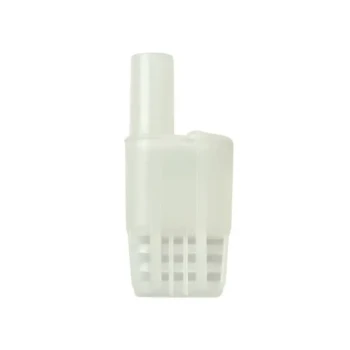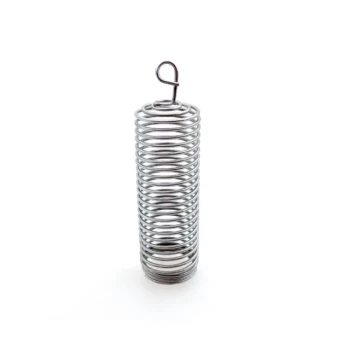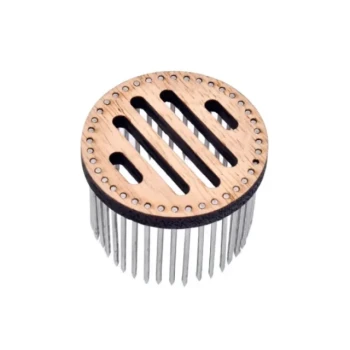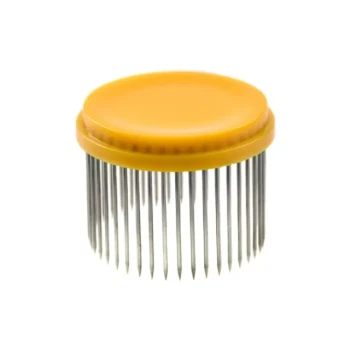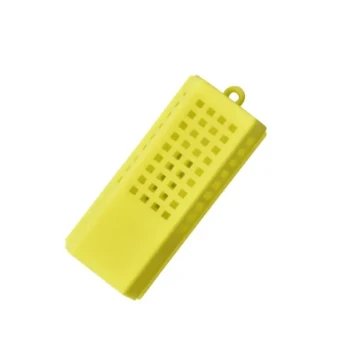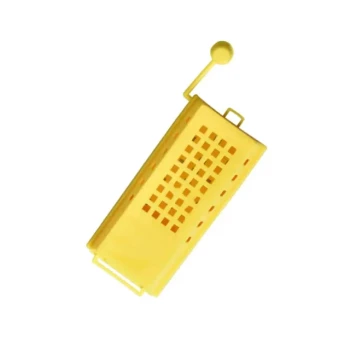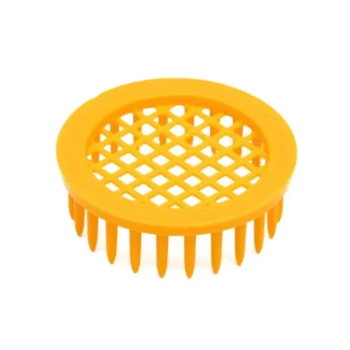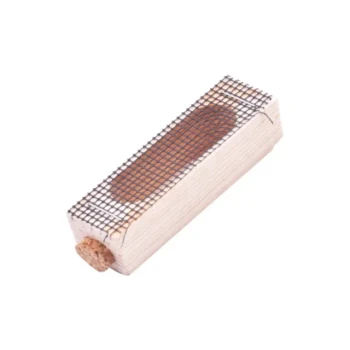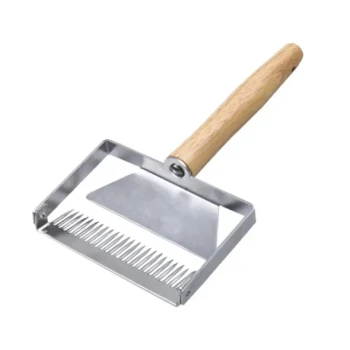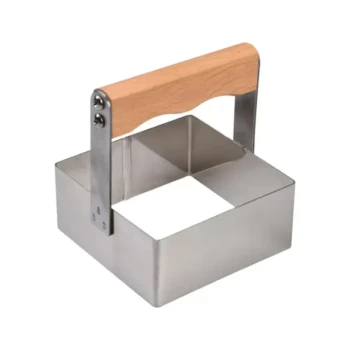The two primary methods for introducing a new queen bee to a colony are direct and indirect introduction. Direct introduction involves releasing the queen immediately among the workers, often using smoke or a scent to mask her pheromones. Indirect introduction, the far more common and safer method, involves placing the queen in a small cage within the hive for several days to allow the colony to acclimate to her scent before she is released.
The core challenge of queen introduction is not physical, but chemical. Your goal is to manage the colony's acceptance of the new queen's unique pheromones, and the method you choose directly impacts the risk of rejection and the ultimate success of your hive.
The Foundation: Understanding Colony Acceptance
The Power of Queen Pheromones
A honey bee colony is unified by a complex blend of chemical signals, chief among them being the Queen Mandibular Pheromone (QMP). This scent confirms the queen's presence, suppresses worker ovary development, and maintains social order.
When you introduce a new queen, her QMP is foreign. The colony's initial reaction is often defensive, as they perceive her as an intruder.
Why a Colony Might Reject a Queen
Rejection, which means the workers kill the new queen, happens for predictable reasons. The colony may already have a queen you missed (an old queen or a new, unmated virgin), or laying workers may have developed in a long-queenless colony.
A successful introduction requires ensuring the colony is both queenless and aware that it is queenless.
Method 1: Direct Introduction (The High-Risk Gamble)
How It Works
In direct introduction, the beekeeper forces immediate interaction. This is typically done by dousing the queen in sugar water or honey to get the workers to lick her clean, or using heavy smoke to disorient the colony while she is released onto a frame.
The Core Assumption
This method operates on the assumption that the colony is so desperate for a queen that they will accept her instantly. It is an attempt to bypass the natural acclimation period entirely.
The Verdict: Rarely Advised
Direct introduction is extremely risky and not recommended for most beekeepers. The chance of the workers "balling" and killing the queen is very high. It is a technique some experienced beekeepers might attempt in specific, controlled scenarios, but it offers no real advantage over the safer indirect method.
Method 2: Indirect Introduction (The Industry Standard)
The Principle: Gradual Acclimation
Indirect introduction is the standard practice because it works with bee biology. By caging the queen, you allow her scent to permeate the hive over several days while keeping her physically safe from worker aggression.
The Shipping Cage (Candy Plug) Method
Most purchased queens arrive in a small wooden or plastic cage with one end plugged with a hardened sugar candy. You place this cage between two frames in the brood chamber.
Over 2-4 days, the house bees will consume the candy, slowly opening a path for the queen to exit. By the time she is released, the colony has become accustomed to her pheromones and accepts her as their own.
The Push-In Cage Method
A push-in cage is a screen box with no bottom. It is used to cage the new queen directly onto a section of a frame containing emerging brood.
As new bees hatch, they are immediately exposed to the new queen and accept her without question. They begin to feed and care for her, forming her retinue and speeding up her acceptance by the rest of the colony.
Understanding the Trade-offs and Pitfalls
The Obvious Risk of Direct Introduction
The primary trade-off is risk versus speed. Direct introduction is fast, but it puts your expensive new queen's life in immediate peril. Failure means the loss of the queen and a continued queenless state for your hive.
The Overwhelming Safety of Indirect Introduction
Indirect methods are slower but dramatically increase the odds of success. They provide a crucial buffer period for the colony's chemistry to adapt, making them the default choice for ensuring a stable and productive hive.
Timing and Colony Condition are Critical
Regardless of the method, success is more likely during a nectar flow. When resources are abundant, colonies are generally less defensive and more receptive to change.
Avoiding Common Mistakes
Before you introduce a new queen, confirm the hive is queenless. Wait at least 24 hours after removing the old queen before introducing the new one. Ensure the introduction cage is securely placed and that the workers have access to the screen to tend to the queen.
Making the Right Choice for Your Hive
Choosing a method is about managing risk and aligning with bee biology. For virtually every beekeeper, the choice is clear.
- If you are a new beekeeper or your investment in the queen is high: Always use an indirect introduction method, typically with the shipping cage the queen arrived in.
- If you want to provide the best possible start for a valuable queen: Use a push-in cage over emerging brood, as this establishes her retinue with newly hatched, accepting bees.
- If you are an expert beekeeper feeling lucky: You might attempt a direct introduction, but you must be prepared for the high probability of failure.
Successful queen introduction is a deliberate process of managing colony chemistry, not a simple act of replacement.
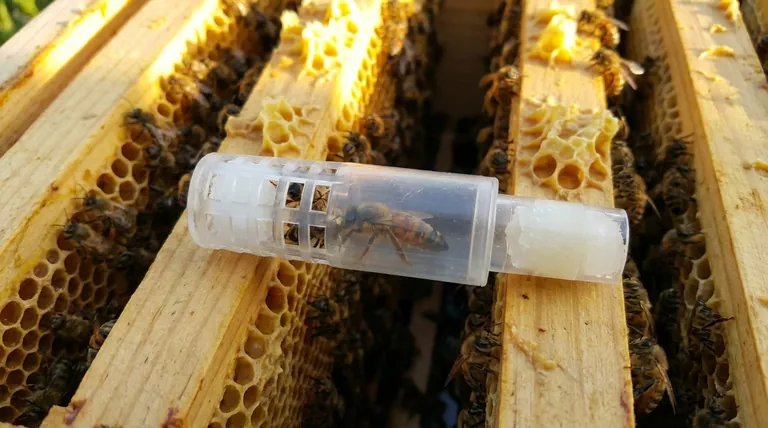
Summary Table:
| Method | Risk Level | Key Principle | Best For |
|---|---|---|---|
| Direct Introduction | High | Immediate release; bypasses natural acclimation. | Experienced beekeepers in specific, high-risk scenarios. |
| Indirect Introduction | Low | Gradual scent acclimation via a cage over several days. | All beekeepers, especially beginners; the industry standard. |
Ensure your next queen introduction is a success with the right equipment from HONESTBEE.
We supply commercial apiaries and beekeeping equipment distributors with high-quality, wholesale-focused supplies designed for professional beekeeping operations. From durable queen cages to push-in cages, our equipment is built to support the safe and successful introduction of your valuable queens.
Contact our expert team today to discuss your wholesale needs and ensure your hives thrive.
Visual Guide
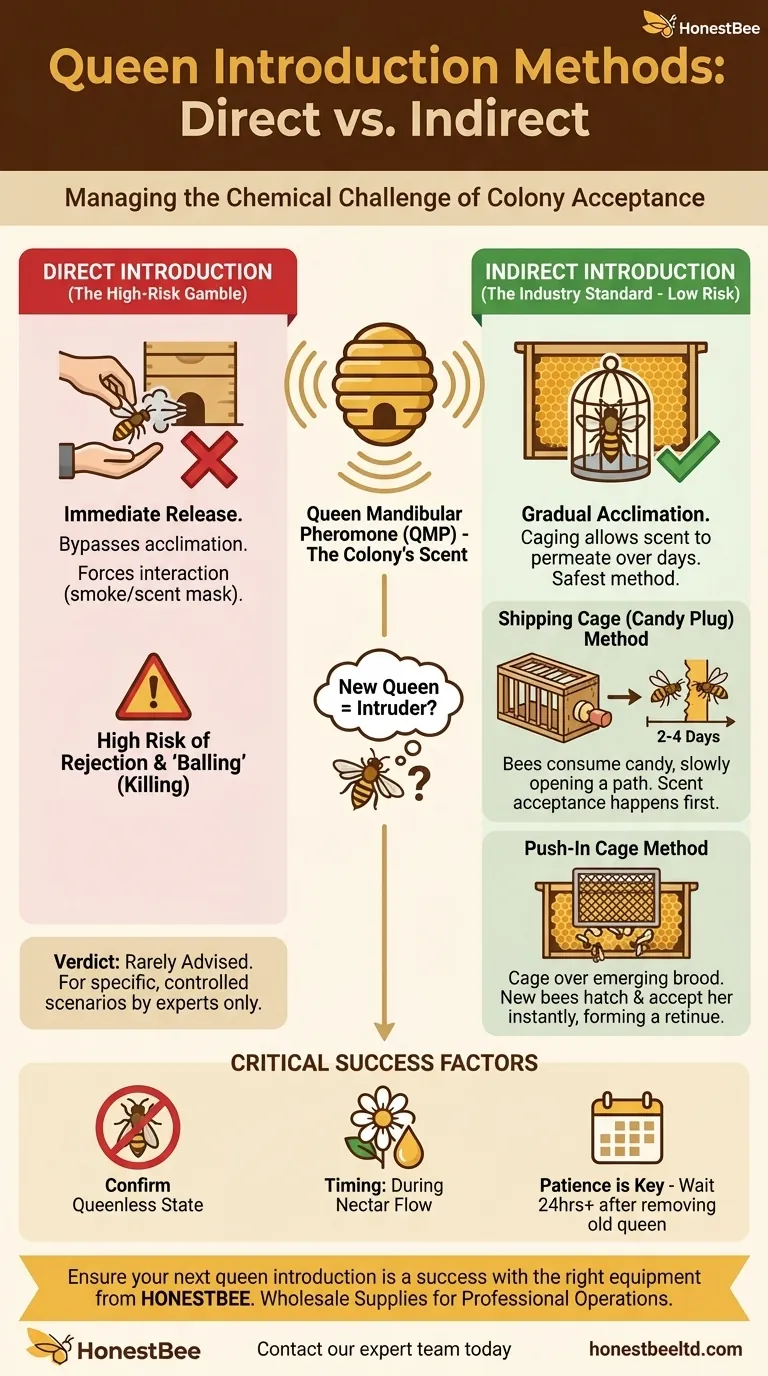
Related Products
- Multi-Function Queen Roller Cage and Catcher
- Durable Galvanized Steel Spring Queen Bee Cage
- Premium Wood and Steel Push In Queen Cage
- Professional Round Push-In Queen Cage with Metal Tines
- Jenter Queen Rearing Kit Complete Set for Bee Breeding
People Also Ask
- What are the components of a standard queen cage? A Guide to Safe Queen Introduction
- What items are needed to place the queen bee's cage in the hive? A Guide to Successful Queen Introduction
- How should a queen cage be maintained over time? Ensure Queen Introduction Success
- What is sequestration, and how does it help bees reorient? A Safer Guide to Hive Relocation
- When are queen cages typically used in beekeeping? Ensure a Successful Queen Introduction
